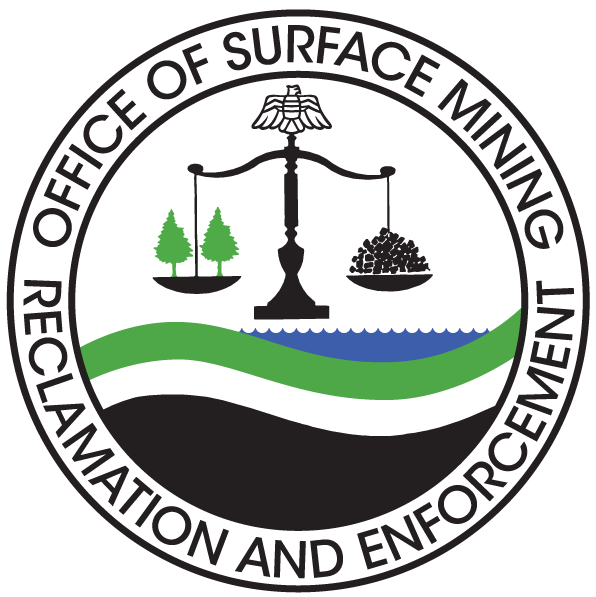Groundwater VISTAS Software
Description
Groundwater Vistas is used to simulate groundwater flow and solute transport in aquifer systems. The software provides a graphical interface for building, running and analyzing numeric flow models based around the USGS e MODFLOW, MODPATHMT3D and related packages.
- Users: Hydrologist, geologists, and AML Reclamation Specialists
- Training: No training information listed.
- Vendor Information: Program description and support information are available at: http://www.groundwatermodels.com/
Installation Instructions
Software Capacity
- Simulate steady state or transient flow in confined or unconfined aquifers in single or multiple layer groundwater systems.
- Create a model, to simulate mining effects or other stresses on groundwater systems.
- Plot head, drawdown, and concentration versus time to evaluate effects on single wells or regional well fields and aquifer interactions with streams and rivers. Simulate groundwater flow, head and barrier seepage in mine-pools.
- Import/export property data via spreadsheets, shapefiles and other formats to transfer groundwater data.
- Use particle traces that, generate pathlines and travel times to track and estimate groundwater movement for flow or contamination.
- Simulate aquifer drawdown induced by mine development or pumping. Run automated or manual sensitivity analyses on selected parameters such as vertical hydraulic conductivity or boundary condition conductance and vary the parameter value of each simulation. Groundwater Vistas extracts both calibration and head-charge information which can then displayed and analyzed.
- Use charting capabilities and comprehensive graphical analysis tools including annotating plots with legends, titles, scale bars, to customize your output for display at meetings, in analysis, or in court proceedings.
- Model influence of mine dewatering operations or pumping wells to regional or local aquifers for PHC evaluation and CHIA development.
- Compare and compute the difference in head, drawdown, and cell-by-cell flow, or concentration files.
- Groundwater modeling can be used as a predictive tool to help identify unforeseen impacts to aquifer systems.
- Assess or optimize remediation or reclamation activities.
- Water well complaints.
- Aquifer characteristics for permitting.
- AML site investigations.
- Surface/groundwater information concerning coal combustion waste disposal.
For More Information
Contact: Sarah Kreitzer ([email protected]); (412) 302-5446
Kristin Brown ([email protected]); (303) 236-3410

